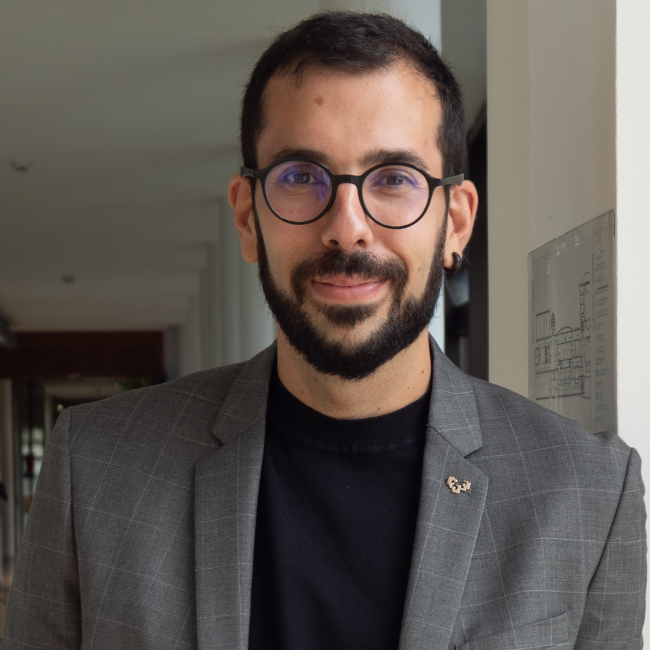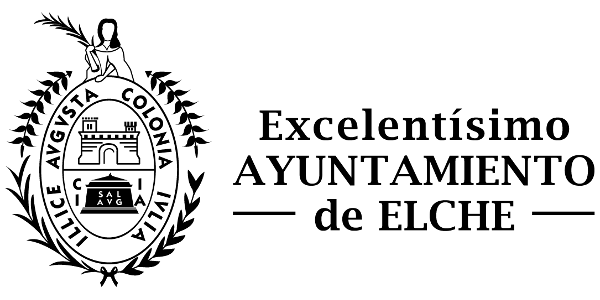Speaker

JUAN MANUEL MACHIMBARRENA GARAGORRI
UPV/EHU. SPAIN
He is co-author of more than 50 articles published in national and international journals related to his research lines. These lines focus on different internet risks for adolescents and their impact on their health-related quality of life. These risks include both relational problems (e.g., bullying, cyberbullying, cyber dating abuse, sexting…) and dysfunctional use of technology (e.g., problematic use of social networks, Internet Gaming Disorder, loot boxes…) and their relationship with personal and family variables with the aim of prevention.
n this sense, he has participated in the creation of various prevention programs for the risks. He also stands out for his participation in different research and transfer projects, as well as the presentation of more than fifty communications at congresses on his work.
In terms of teaching, he teaches subjects both in the Psychology degree and in the General Health Master’s degree and the research master’s degree. In terms of management, he has been the coordinator of the Psychology degree (2021-2023) and is currently the vice-dean of mobility at the Faculty of Psychology.
Addressing Internet risks: overlap and prevention programs in the digital age

The widespread use of Information and Communication Technologies (ICT) and their continuous growth worldwide has led to a change in interpersonal communication during adolescence. The positive role of ICT is undeniable; however, their use also entails numerous new challenges and potential risks, including cyberbullying, online dating violence, cyber deception, or problematic use of social networks.
This symposium aims to address issues relevant to internet risks through four presentations. The first presentation will emphasize the overlap of some of the mentioned risks and their relationship with health variables such as health-related quality of life. This comprehensive and complex view of internet risks and their overlap should be acknowledged and inform the creation of intervention programs targeting adolescents. The following two presentations will present the results of two internet risk prevention programs based on this vision: the Safety.net program and the DOMINUS program. Both programs seek to address relational risks (such as cyberbullying or sexting) and dysfunctional use of technology (such as problematic internet use) among compulsory secondary education students. Finally, since the programs are primarily aimed at adolescents, the last presentation will focus on parents and what they can do. In this regard, various parental mediation strategies regarding technology use will be analyzed through a systematic review. In other words, how parents can mediate through different strategies in the way their children use social networks (restriction, monitoring, enabling) to prevent several of the aforementioned issues. In conclusion, the symposium aims to offer a comprehensive view of the challenges we must address regarding the use of technology.










